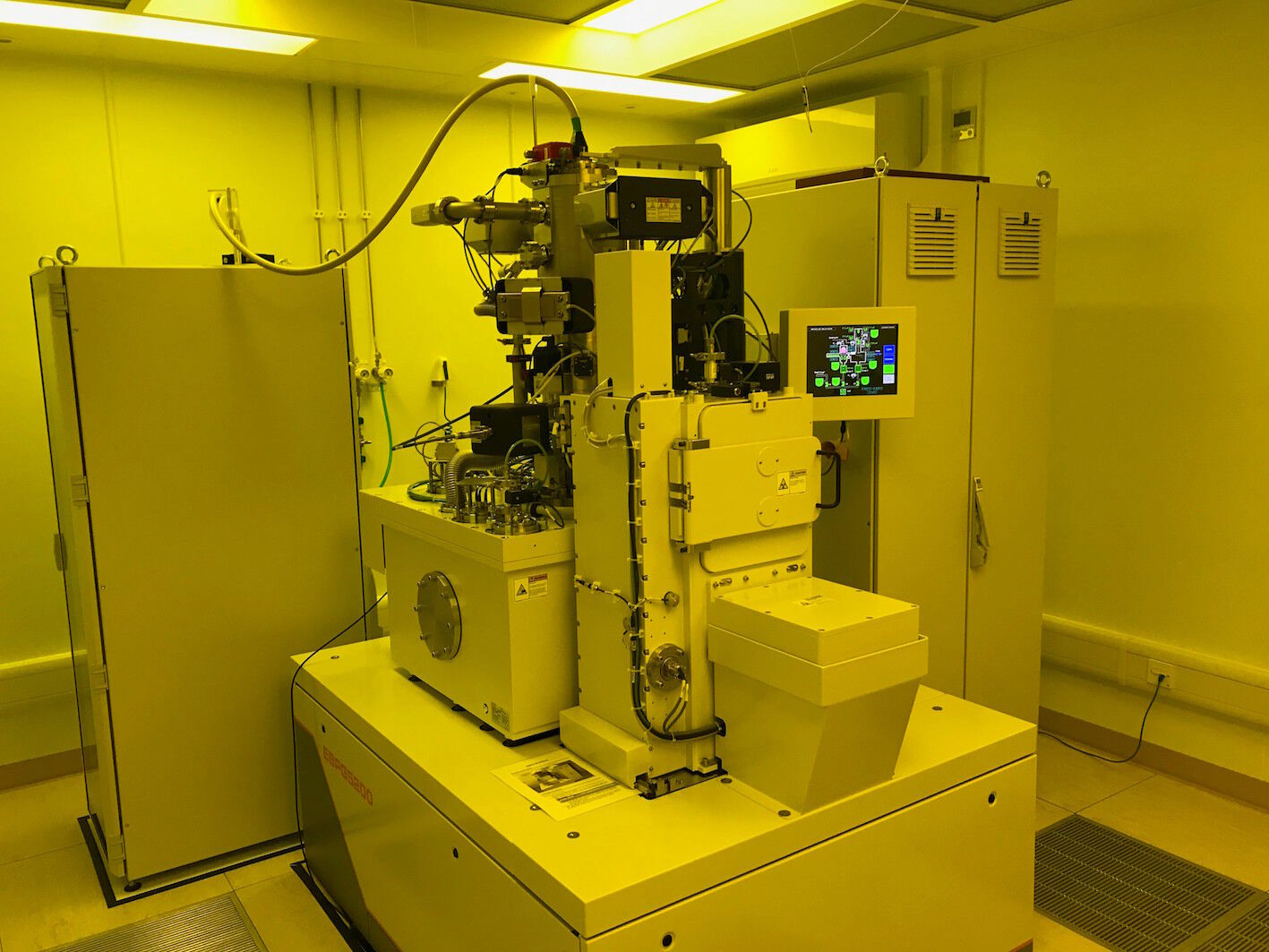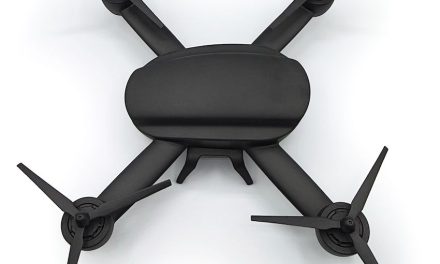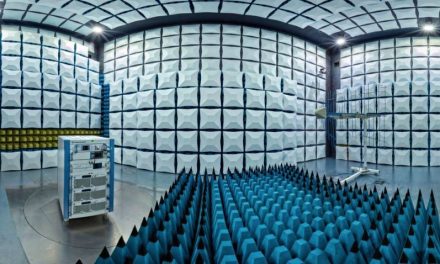Electron beam lithography can be used to increase the accuracy of the nanofabrication of materials for a range of applications, including semiconductor and metamaterial production. However, this process is highly sensitive, and interference from magnetic fields and vibrations can have a detrimental effect on beam shift, reducing the precision of the technique. Researchers at the James Watt Nanofabrication Centre rely on Spicer Consulting’s cancelling systems to restore their required accuracy for electron beam lithography applications.
Electron beam lithography (EBL) is a technique using a concentrated beam of electrons to draw shapes onto the surface of materials with sub-10 nm resolution. It is used in the nanofabrication of materials to alter the function of various materials with exceptional positional accuracy. The James Watt Nanofabrication Centre (JWNC) at the University of Glasgow uses EBL, as well as other state-of-the-art micro– and nanofabrication technologies, for research and international collaborations. The centre has diverse capabilities spanning a range of materials and processes, and uses Spicer’s SC24 Magnetic Field Cancelling System to overcome interference and support precise EBL work for various projects.
Stephen Thoms, a Senior Research Technologist in the School of Engineering and JWNC, explained: “JWNC undertakes fundamental, applied and commercial research, as well as small industrial prototyping and production runs. We provide a service to PhD students and postdocs from here in the School of Engineering, as well as chemistry and physics, where they tend to use the EBL systemintensely throughout their years at the university. We also support companies for commercial work, and have collaborations around the United Kingdom and across the world; there’s a whole list of different universities and companies who have work done here at Glasgow.”
“We use EBL for a wide range of projects, including distributed feedback (DFB) lasers, transistors and quantum work. Quantum work is a big area at the moment, and we see a lot of research into areas such as the miniaturisation ofatomic clocks – to make them portable – and the fabrication of gravity sensors,which can be used to map gravitation fields to look for, for example, underground pipes. It’s often a collaborative effort of multiple universities, and I tend to supportthese researchers by helping them to write patents. Many of the students here at Glasgow carry out a lot of biological research, and so we support them on projects such as the creation of a highly textured surface for cells to grow on for stem cell differentiation. Another biological area is metamaterials – small structures around 100 nm in size that can be used to focus light, particularly to enhance Raman spectroscopy in different wavelengths. A lot of metamaterial work is used to make sensors, which can pick up different features depending on the surface of the material we create.”
“The EBL system basically acts like a highly accurate printer; we design small patterns using CAD (computer aided design) solutions, with resolutions down to a couple of nanometers, and the electron beam tool writes that pattern onto flat surfaces. As we are writing such small patterns, positional accuracy is absolutely key; the beam needs to go exactly where we ask it to, and we steer it using magnetic fields. “We have been using EBL for over 40 years and are now on the third generation of our system. Over the past couple of decades, the main pushfor this technique has been the ability to write more accurately and faster. This means that the latest version of the EBL tool is more sensitive, making the beam position more crucial than ever. Our instrument is now in a building underneath an IT service department, which generates a lot of electronic noise that causes interference.
The EBL tool is also around 500m from the underground line, and the DC magnetic fields from passing trains would shift the beam several nm if they were left uncorrected. You can’t shield from a magnetic field very easily, it’s much easier to correct it to maintain positional accuracy.”
“This is where Spicer comes in, as it is imperative that we don’t have any stray magnetic fields. Having the SC24 Magnetic Field Cancelling System ensures that the conditions remain stable, allowing our instruments to run optimally so that we can provide a high quality service to our users. The SC24 is able to effectively tell us when there is a change in the magnetic field and stabilise it, so that our EBL tool remains unaffected. Spicer was helpful in the quick installation and introduction to using the instrument; it’s a really straightforward but effective system. Another group at the university doing a lot of TEM work witnessed the same problems with nearby interference, and has also installed an SC24 to solve the problem, and we use one for one of our SEMs too. Spicer’s SC24 is extremely popular within the physics department as well, as they also have a lot of high tech and sensitive equipment.”
“Spicer has always performed site surveys before we install our EBL systems, and even checked potential sites – including greenfield and brownfield land – that we may move to sometime in the future. The survey equipment can also detect other issues, such as vibrations from nearby doors slamming, that may impactEBL systems. This is such a useful service, and helps us to determine whether magnetic fields will be a problem if we move to a new site. Wherever we end up though, we know we’ll want a Spicer system,” Stephen concluded.



